Abstract Concrete
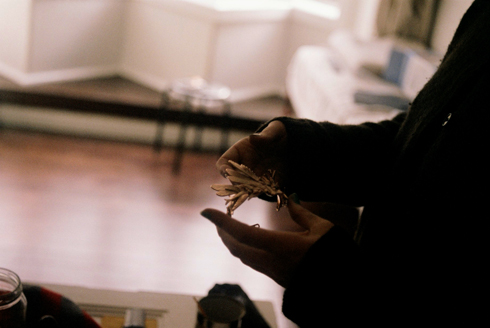
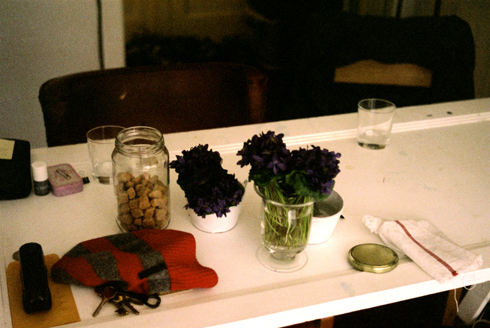
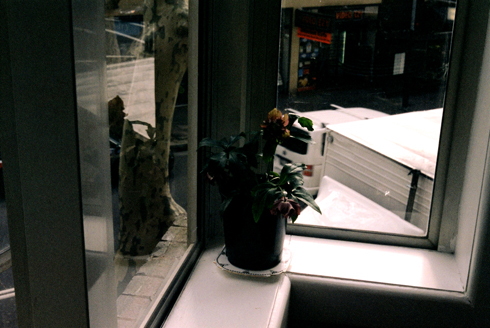
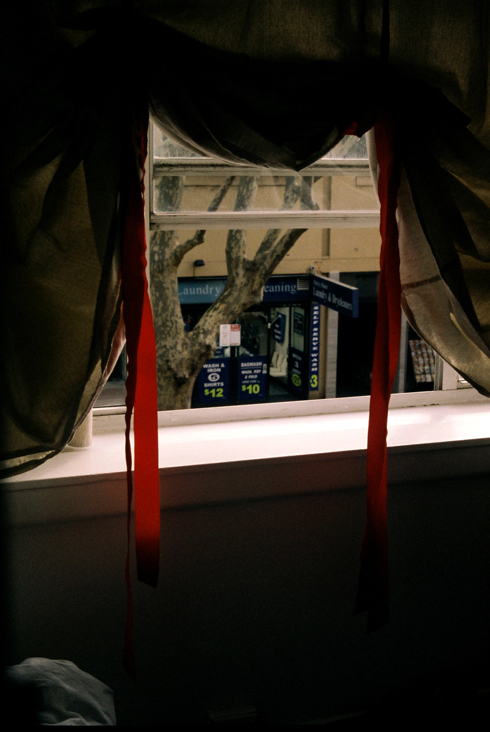
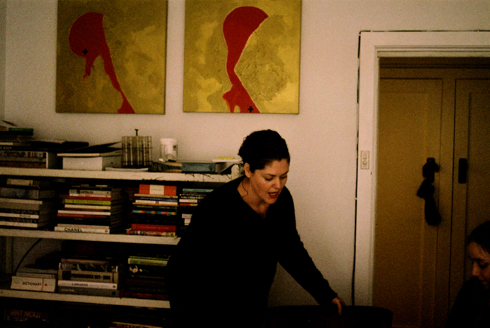
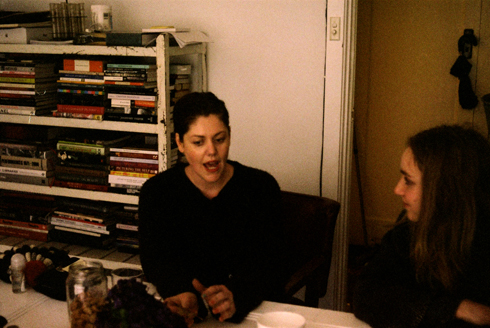
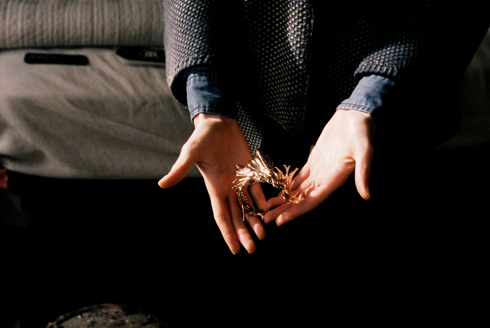
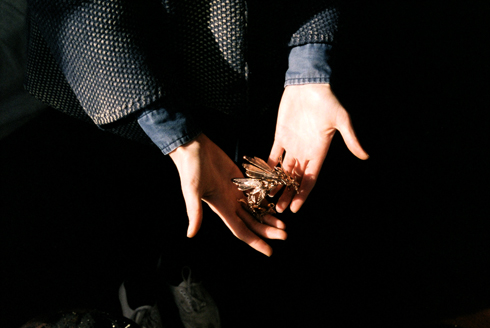
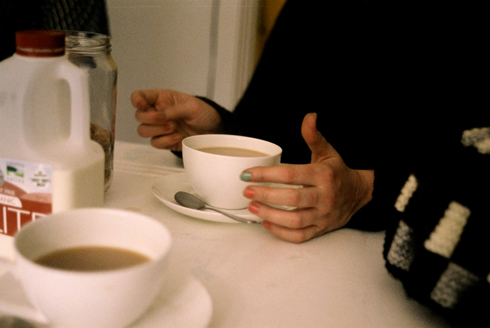
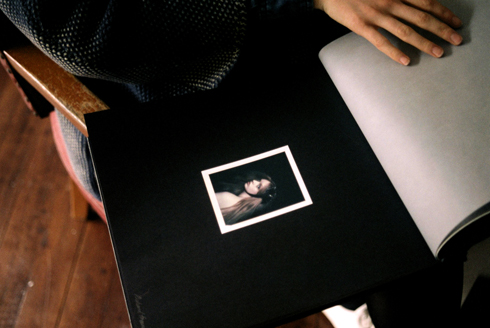 Text: Millie Stein Images: Samuel Hodge
Text: Millie Stein Images: Samuel Hodge
For quite a long time, I knew nothing about Lisa Cooper except that I wanted to talk to her. No reason for it really, she just seemed interesting and, in a way I can’t explain, very alive.
Now I know this: Lisa makes beautiful objects with flowers and metal under the title The Butcher’s Daughter, creates video art, and is writing a PhD. I also know that everything Lisa makes is indistinct from who Lisa is but that who she is, is by no means limited to the things she does.
What more is there to say when you feel like there is a conversation between you and an unknown someone that had to be had? Sometimes when you know something, like really know it, there is nothing left to be accounted for – it’s best to just let it unfold.
Millie Stein: You work with metal and flowers and create video art – what is the correlation?
Lisa Cooper: Composition is what links all of my work. In the same way that I set up situations in my video work and wait for something to organically unfold, with The Butcher’s Daughter I have all these elements and allow space for something to happen within the composition.
MS: Is it correct to say that your medium is something more than just the materials you use?
LC: I guess my thesis speaks about such things. It talks about a metaphysical space between God and man, as a way of describing how abstract ideas become concrete. I am always working in abstract ideas and trying to manifest them as physical, visible entities.
MS: Can you tell me about your thesis?
LC: My thesis is called Metaxu: A metaphysics of the Annihilation of Self in Video-Portraiture, and the subtitle is ‘Imaging Mediations Between the Human and Divine’. This large philosophical and religious construct of god and man sets up an extraordinary metaphor for being able to imagine something, but not be able to touch or experience it. I am really interested in the idea of the stuff that we can approach, but cannot document or materialise. In my last suite of videos I used actors, because there’s a straight line between these things that I’m talking about and what an actor tries to do. They try to embody someone that doesn’t exist, or someone that was. I go to a lot of theatre because I love to see actors trying to be. Even if it’s them trying to be the girl down the street, they cannot ever fully and entirely manage it and there’s something amazing in that process.
MS: What is the connection between these ideas and The Butcher’s Daughter?
LC: There is something in the produce from The Butcher’s Daughter that is trying to imitate life, trying to freeze it in a moment. The most beautiful compositions that I have found, or that anyone could really find, are in nature. It’s not really conscious, but I know what I am aiming towards in terms of beauty and the intangibility of such composition.
MS: Where does the drive to express this in your work come from?
LC: My childhood was very inspiring and colourful. My father was dying from when I was very young, and he died when I was 13. He was the love of my life, which is why my business is named after him. I was made to understand and consider a lot of things that a lot of people may not have in childhood, things about fundamentals, about life and death, about him wasting away for such a long time until he was gone. There is a dark side to what I do, and I have to entertain that part of myself because it was opened up when I was very young. The beauty is actually a counterbalance to all of that. It’s not like it was a natural disposition, where I was running through fields looking for flowers. I was subjected to opportunities to acknowledge true beauty, if I can put it that way. I was able to see, in a very specific way and from a very young age, how incredible it is to live.
MS: This is particularly interesting, because counterbalance is integral to nature itself.
LC: That is the greatest gift that flowers give. When people die and when people are born, people give flowers. In a way, it is a grand metaphor so that those people, in whatever phase they’re in, understand that things live and then things die.
MS: Tell me a bit about your work with metal.
LC: I’m really obsessed with gold, and gold leaf. Something about the material… when I have my things triple gold plated, I just can’t get over it. My ex-husband used to say that my aesthetic is very catholic, in that respect, because gold is the highest metal.
MS: There is no iconography in your work, though.
LC: Oh, but there is. It’s all iconography. The Butcher’s Daughter came from a series of works I made that had nothing to do with wearability. I was sitting at the table one day with my mother and grandmother and I noticed that my grandmother didn’t have her wedding ring on. I thought, ‘wow,’ because her marriage was the core of her life. She told me in Italian, with my mother translating, that she had given it to Our Lady of Lourdes as a sign of her love. The fact that she had given this symbol of her marriage and what that marriage had entailed, which was all kinds of craziness and amazingness and periods of time in Italy with her small children while her husband was in Australia… I just thought it was incredible that she offered all of that up. And that’s why I made the pieces, as an icon and a memory of her love. In my mind, all of the pieces stem from that one original event. I like to think that, if they all came together, they would form an iconographic monument of what she gave away.
MS: Is the materiality of what you create important?
LC: Being able to materialise feeling and experience is really important. It’s a funny question because, to me, that’s how all of art works. That’s all that I see in art. Other people see other things and have many dimensions by which they can view these things but, for me, that is what I believe is the potential of art: to describe a space between god and man; to come close to, and to approach, things that are not visible though another medium.
The Butcher’s Daughter
Next story: Just An Illusion – Dick Van Straalen



